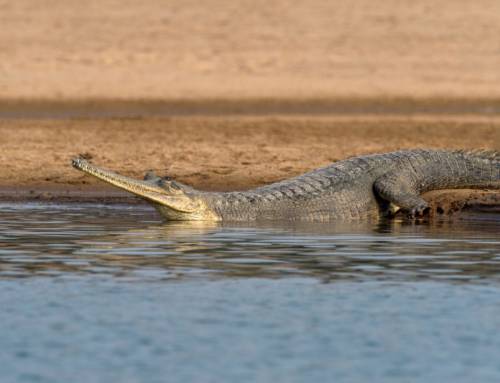Author: Sikha Hariharan and Dr. Krithi K. Karanth
This is the second article from our two-part series called “Wildlife distribution and extinctions”
The key highlights are
- The study examines where 20 mammals of India are found and what drives their occurrence.
- Scientists applied an innovative occupancy modelling approach which uses presence-absence information obtained from country-wide experts to map wildlife distributions.
- Wildlife reserves and people’s cultural tolerance were two key factors that influenced where 16 animals were found.
- Rhinos and sun bears were found to have least distribution, occurring in only 6% and 3% of India.
- In contrast, jackals and wild pigs are widespread, occurring in 78% and 91% of the country.
Over the years, wildlife around the world, particularly large mammals have disappeared from areas where they were historically found. Understanding where animals are found is key to conservation action. Very often, we do not see these animals directly. Direct sightings and indirect signs (such as markings and scat) can be used to indicate an animal’s presence, and thereby map its distribution. This study was able to apply novel methods that incorporate “detection” of an animal to accurately establish distributions of mammals including rhino, elephant and leopard.
In 2006, lead author Dr. Krithi Karanth from the Centre for Wildlife Studies along with scientists from Duke University, Columbia University, and USGS Patuxent Wildlife Research Center mapped the distribution of 20 large mammals across India. They used multiple environmental and social factors to understand what drives the presence of wildlife in their habitats. This included variables like wildlife reserves, habitat characteristics, elevation, human population density and cultural tolerance towards an animal.
Using innovative occupancy modeling, the study found that the presence of wildlife reserves is important for the persistence of 16 mammals such as nilgai, chinkara, hyena and jackal. Similarly, the presence of evergreen, temperate and deciduous forests influenced the presence of tiger, dhole, muntjac and brown bear. Elevation affected the distribution of rhino, sun bear and leopard decreased with an increase in elevation. Jackal, gaur, and sloth bear seemed to survive amidst high-intensity human populations, hinting at their high adaptability. Jackal and wild pig had the most widespread presence across the country, while rhino and sun bear were most limited in their distribution.
With growing pressures from people, the habitats of several animals continue to shrink. For conservation to be effective, it is vital to monitor their occurrence and examine the factors that enable their survival in these critical habitats. The use of occupancy modelling provides a more reliable estimate of mammal distributions in India. The paper also provides evidence that despite the limited and fragmented habitats, India has the potential to recover and hold larger populations of these mammals.
Original Article: Patterns and determinants of mammal species occurrence in India – Krithi K. Karanth, James D. Nichols, James E. Hines, K. Ullas Karanth and Norman L. Christensen – Journal of Applied Ecology, 2009.
You can find the link to the research article here.






